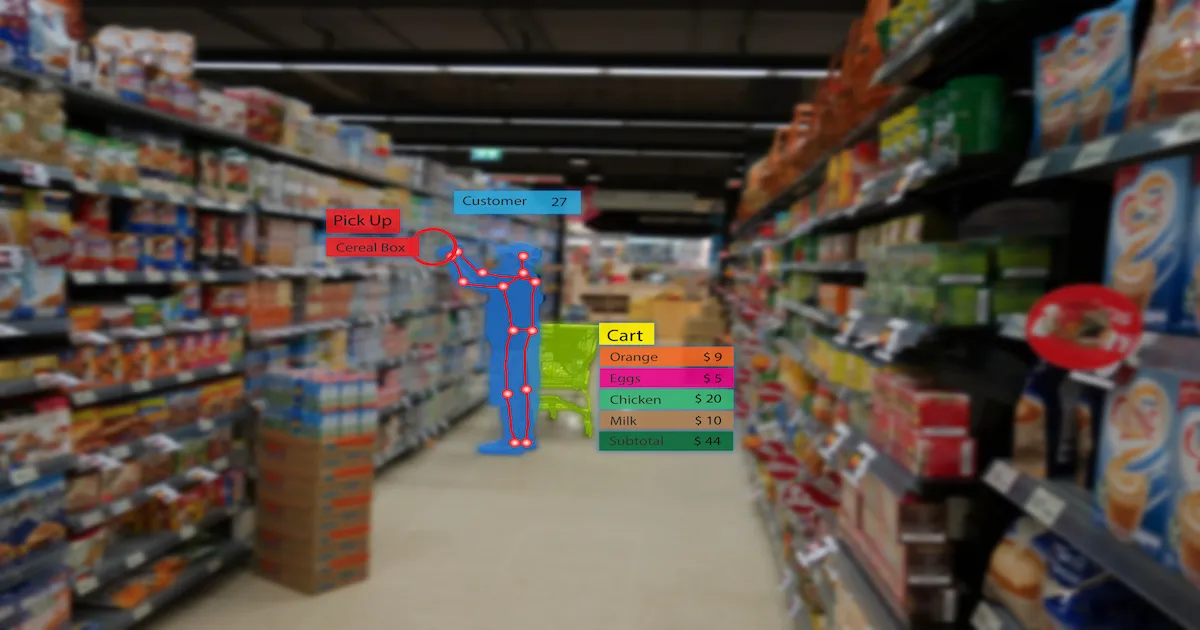
How Multitask Learning in Computer Vision Can Solve Your Business Challenges
The amount of data we produce on any given day is astounding, and the pace of its production is only picking up speed. Did you know that collectively we create around 2.5 quintillion bytes of data. In the future, more videos and images will be collected, pushing the figure higher. This is where computer vision capabilities can help.
What is computer vision? Computer vision is a field of computer science that enables technology to derive information from the visual world. Think of it as equipping computers with the ability to see, and using their observations to solve business challenges in nearly every industry. A manufacturer, for example, can employ computer vision recognition to inspect tens of thousands of products on assembly lines to identify defects or anomalies. A municipality, on the other hand, could use the technology to monitor road conditions and deploy more timely road maintenance. The list of business use cases goes on and on.
What are some drawbacks of computer vision? Most techniques are traditionally data-hungry. You need to collect, label, and feed a series of images into a system for a computer to accurately recognize a specific object — and that’s just for one task. However, you can streamline the process with multitask learning, which utilizes smaller datasets to train computers to do multiple things jointly.
Multitask Learning Improves Efficiency
Here's what you should know about multitask learning:
- Multitask learning aims to solve different computer vision “problems” at the same time.
- Usually, the model will involve similar or related tasks, such as object detection, segmentation, and classification.
- Once a set of tasks is paired, then GPUs, neural networks, and specialized hardware accelerators use a combination of training data and open-source projects to begin teaching machines to discern one object from another.
The results of multitask learning can be applied to several business use cases. One client of ours used multitask learning capabilities to better predict breast cancer risk through visual risk factors. Another client used this same technology to develop an artificial intelligence solution for identifying and alerting airfields of foreign object debris, which costs the aviation industry more than $2 billion a year in engine damage alone.
Multitask learning improves the efficiency of computer vision, allowing companies — both large and small — to maximize the data available to them. Accurate object detection, action recognition, depth estimation, and one-to-many predictions, and the subsequent segmentation and classification of any observation are all viable options. The same can be said for action recognition, depth estimation, and one-to-many predictions, as well as the subsequent segmentation and classification of any observation. It’s all about using the best information to train a computer vision model.
If you’d like to learn more about how multitask learning can solve computer vision problems, we welcome you to download our whitepaper, Computer Vision Innovations Transforming Business. At KUNGFU.AI, we believe every business is in the data business. So, how can you use your data to unlock your business's potential?
Our team is ready to help you turn your data into capability. If you're ready to get started, contact us today.



